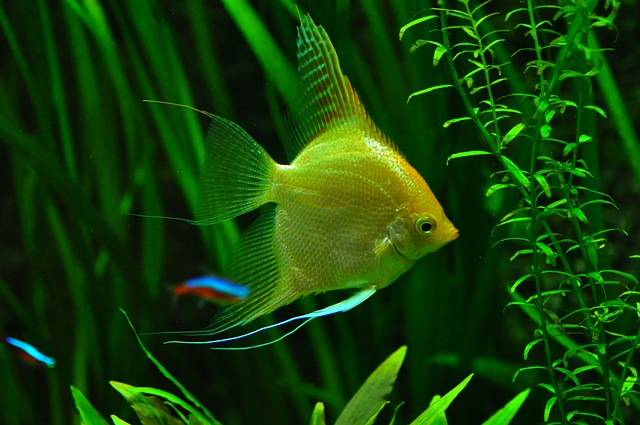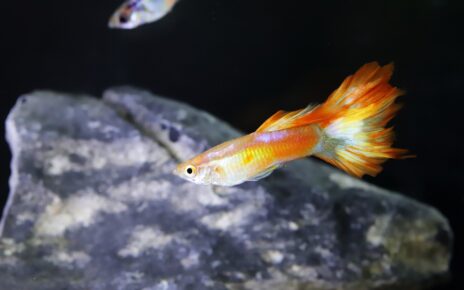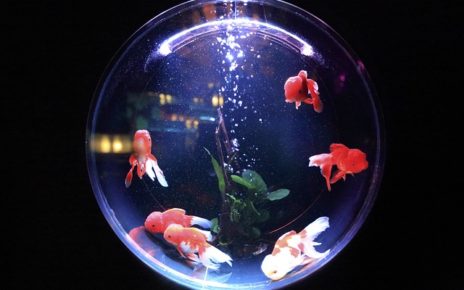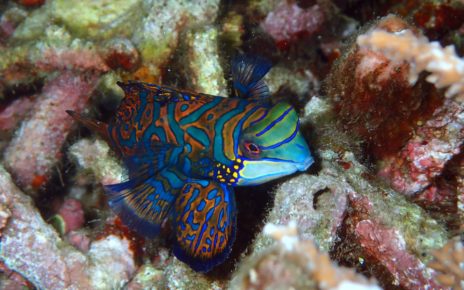When selecting the best bio media for a canister filter, you should keep a few things in mind. The first point to consider is if your canister filter manufacturer already makes a drop-in replacement for your filter. If the manufacturer does make a replacement bio-filter, and you are happy with the performance of your current setup, you should stick with what works.
Otherwise, if you want to increase the biofiltration capacity of your current canister filter, you can purchase an alternative bio media, to replace the one currently in use in your canister filter. The main thing to be aware of when trying to use a different bio media in your canister filter is how much room you have available inside the filter.
Since canister filters have a smaller internal volume than a wet/dry filter, you will have to select an appropriately sized bio media. In most cases, this will preclude the usage of bio-balls and other large bio media as an alternative inside a canister filter.
Best Bio Media for a Canister Filter
| Image | Name | Rating | Shop |
|---|---|---|---|
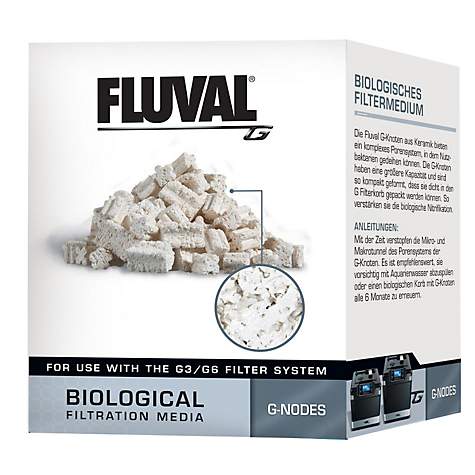 | |||
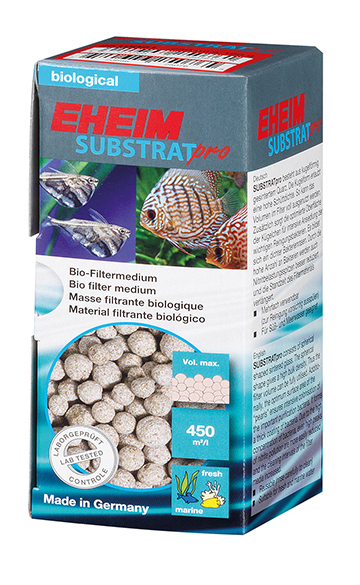 | |||
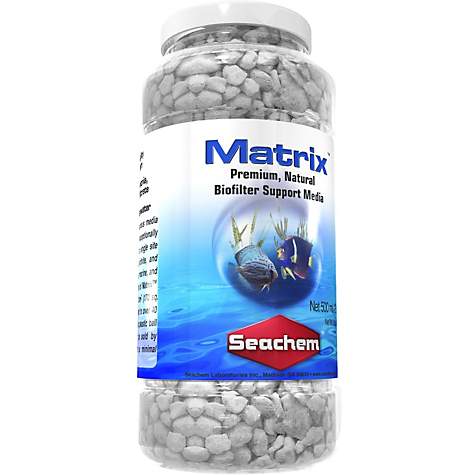 | |||
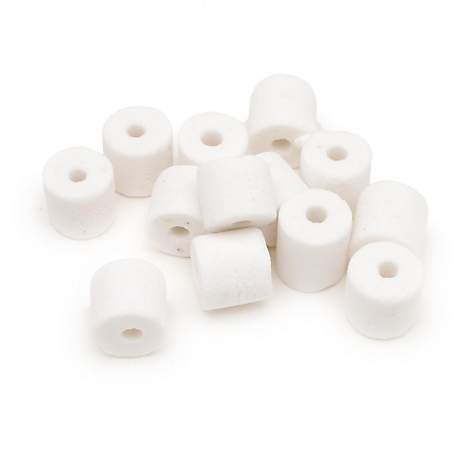 |
Ceramic Bio-filters
Ceramic bio media is the gold standard in biological filtration. What allows ceramic bio media to provide such efficient biological filtration, is its high surface area. Ceramic media tends to be very porous, which allows for a large bacterial colony to form on the ceramic substrate. The pores also allow adequate water flow throughout the bio media. This provides optimal water contact for all the bacterial colonies throughout the ceramic media.
While all ceramic filters have a very porous surface, some are engineered to have an even greater surface area for maximal bacterial growth. If you really need high-quality bio media, choose one that has a very complex pore structure.
Fluval G-Nodes Biological Filtration Media
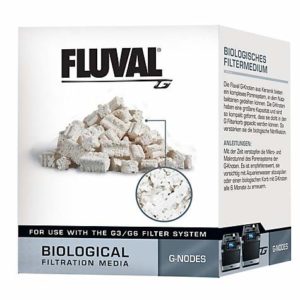
The Fluval G-Nodes Bio Media is a ceramic media with one of the most complex pore structures available. This ceramic bio media is also designed to tightly interlock, so you can pack a greater quantity of Fluval G-Nodes inside a canister filter. The higher density of G-Nodes will give you better bio filtration versus regular round ceramic media. Fluval G-Nodes are sold by Fluval but they can be used in any canister filter. If you need superior biofiltration performance, Fluval G-Nodes are one of the best options on the market.
Fluval Biomax Filter Media
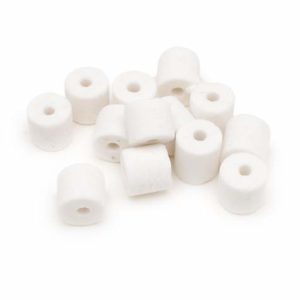
The Fluval Biomax Filter Media is the classic smooth round bead-like ceramic bio media. While not having as complex a pore structure as the Fluval G-Nodes, this filter media still is a top performer. With the added benefit of being more affordable, these tried and true ceramic biofilters are a mainstay in most canister filters in use today.
Stone Bio-filters
Stone is another good alternative bio media for a canister filter. The individual stone pieces tend to be small and may pack more densely than similarly sized ceramic media. Just like ceramic bio media, stones key advantage is its surface area. Stone filter media that is specifically designed to be used in a biological filter, can have roughly equal porosity to the most commonly used ceramic media.
Between ceramic and stone bio media it’s a matter of personal preference which media you decide to use. Since both will provide superior biological filtration for most aquariums.
Seachem Matrix Biofilter Support Media
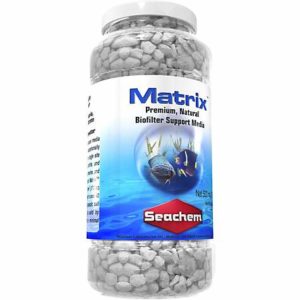
The Seachem Matrix Biofilter Media is a high porosity bio media that will efficiently remove biological waste from any aquarium. Seachem Biofilter Media is a nontoxic stone material, that will not alter the pH of an aquarium’s water. The small size of the Seachem bio media makes it a great choice for a canister filter, given the fact that each stone is about 10mm in diameter. With the high porosity and small size, the Seachem Matrix BioFilter is a great alternative to ceramic media.
Sponge Filter
Sponge filters are commonly used in canister filters for their mechanical and biological filtration capabilities. While sponge filters are usually reserved to the pre-filtration stage, they should be considered an integral part of the biological filtration process.
Sponge filters act as a good biological media since they provide a large surface area for bacteria to colonize. Another benefit of using a sponge filter is re-usability since a sponge filter tends to be more durable than a floss filter, it can be cleaned and reused multiple times before needing to be replaced.
Penn Plax Cascade Canister Filter Bio-Sponge
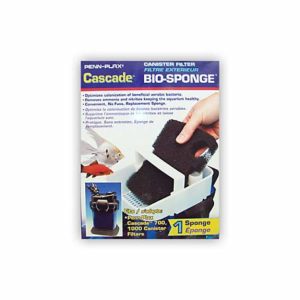
If you are already running a Penn Plax Cascade Canister Filter. Adding the Penn Plax Bio-Sponge to your setup will help increase your bio-filtration capacity. If you are currently using Penn Plax Bio-Floss, this sponge filter will serve as a more durable reusable alternative. This no-hassle replacement sponge filter is an easy way to provide your fish with a healthier environment.
Fluval FX5/FX6 Bio Foam Pads
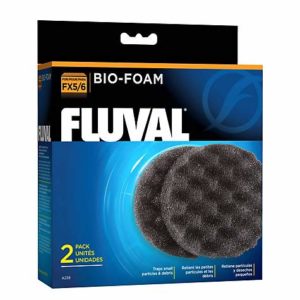
For those using a Fluval FX5/6 Canister Filter, the Fluval Bio Foam Pad is a ready-made replacement bio media for your filter. The Fluval Foam Pads provide excellent porosity for optimal bacterial colonization.
Floss Filter
Floss filters are a common filter media found in most canister filters. And Floss is usually used in the pre-filtration stage in most canister filters. But they also contribute to the overall biological filtration capacity of a canister filter.
Unlike sponge filters floss filters are less durable and tend to degrade over time. This fact is offset by the affordability of floss filters, which can be purchased in multi-packs at a very low price.
Penn Plax Cascade Canister Filter Bio-Floss
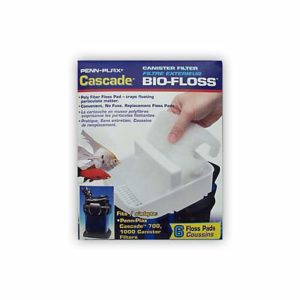
The Penn Plax Bio-Floss filters are a replacement media for the Penn Plax Cascade Canister Filter. They are available in packs of six, making them perfect for situations where frequent filter media replacement is needed. If your bio-filter tends to get clogged with debris, the Bio-Floss filters are a good choice.

